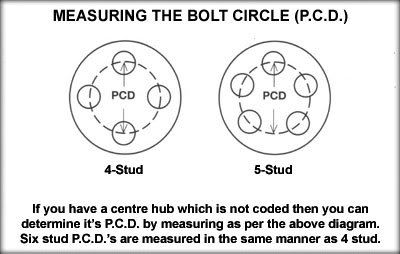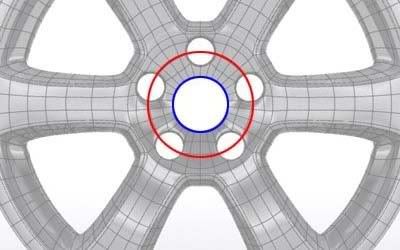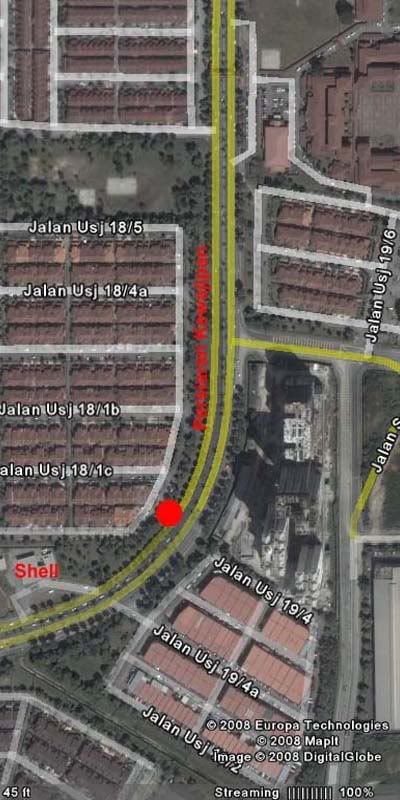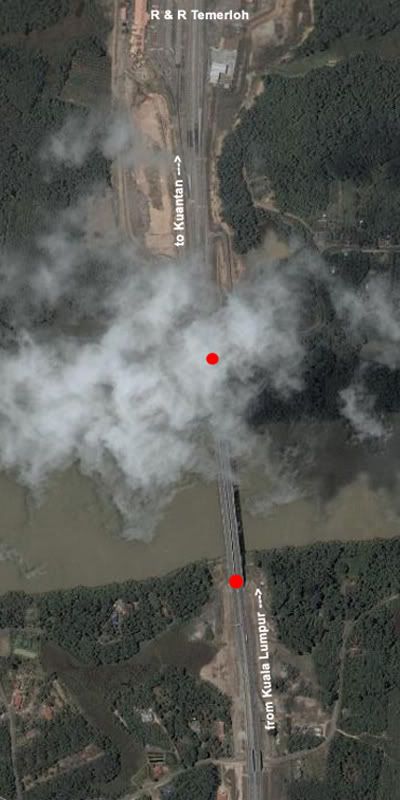Although brake systems are highly engineered systems that are designed for safety and reliability, they are fairly easy to understand you know what the components are. There are two main types of brakes found on cars and trucks; disc brake systems and disc/drum brake combination systems. Older vehicles will have disc brakes on the front wheels and drum brakes in the back. Most modern vehicles have disc brakes at all four wheels, so I will be focusing primarily on that and will not cover drum brakes in this article.
The typical components of a disc brake system are: the pedal, the m
 aster cylinder, hard brake lines, soft brake lines, brake calipers, brake pads, and brake rotors. There can also be secondary or slave cylinders and Anti-Lock Braking (ABS) components too, but we’ll forget about those for now. The brake pedal is obviously located inside the vehicle and the master cylinder is mounted to the firewall which is found under the hood. When you push the brake pedal, it leverages the master cylinder to push brake fluid through the brake lines. The brake lines are attached to the master cylinder and run to the brake calipers found at each wheel. The brake calipers contain anywhere from one to eight pistons in them. The brake fluid forces the pistons to compress the brake pads onto the brake disc. The brake rotor, AKA brake disc, is attached to the hub which is attached to the axle. So the brake pads compress onto the rotors and create lots of friction, which in turn slows you down.
aster cylinder, hard brake lines, soft brake lines, brake calipers, brake pads, and brake rotors. There can also be secondary or slave cylinders and Anti-Lock Braking (ABS) components too, but we’ll forget about those for now. The brake pedal is obviously located inside the vehicle and the master cylinder is mounted to the firewall which is found under the hood. When you push the brake pedal, it leverages the master cylinder to push brake fluid through the brake lines. The brake lines are attached to the master cylinder and run to the brake calipers found at each wheel. The brake calipers contain anywhere from one to eight pistons in them. The brake fluid forces the pistons to compress the brake pads onto the brake disc. The brake rotor, AKA brake disc, is attached to the hub which is attached to the axle. So the brake pads compress onto the rotors and create lots of friction, which in turn slows you down.Is your vehicle no longer stopping like it used to? Got the need for speed and want to make sure you can stop as fast as you go? Do you now have the need to tow heavy payloads with your truck? Here are some tips to improve brake feel, response, and stopping distance.
Brake feel can be defined as the feedback the brake system gives to the driver. That feel is delivered through the pedal. The biggest things you can do to improve feedback from the brake pedal is better brake fluid and stainless steel brake lines. All cars sold in the US must have DOT 3 brake fluid; this is the standard off-the-shelf fluid and the rating DOT3 requires that a threshold boiling point to be met. If brake fluid boils, your brakes won’t work. For most applications, DOT3 is safe and it is recommended for the average driver. If you like spirited drives, participate in road racing, or just want better pedal feel, try using a DOT4 approved brake fluid. It should give you a firmer pedal and higher performance, but be careful because DOT4 needs to be changed more frequently than DOT3, which translates into higher vehicle maintenance costs. You can also install stainless steel brake lines, which don’t flex as much as the rubber ones that come standard on most vehicles. The reduction in brakeline flex means improved brake feel. Another good option to improve brake feel is a master cylinder brace, which further reduces flex in the brake system.
Brake response is primarily affected by the brake pads and rotors. Some brake pads have more “bite” than others; the ones that bite faster respond better, but they can be difficult to live with in everyday life. Performance pads are a good option for improving response, especially if the pads need to be replaced anyway. New brake rotors can also improve the response you get when you hit the pedal, but not as much as performance brake pads will. Where rotors will really make a difference is when you are descending a mountain road and are on the brakes frequently. New rotors can make your brake pads perform at their best for sustained periods of time due to better cooling and out-gassing technologies.
It is important to realize that brake feel and response have almost nothing to do with your stopping distance. Getting new brake pads, rotors, lines, and fluid can make the driver feel better and will make a vehicle stop safer, but it will do very little to help you stop faster. If you want to shorten your stopping distance, the only way to really achieve that is with a big brake kit. A big brake kit includes larger diameter rotors, upgraded calipers, and new brake pads. The larger diameter rotors are the key component here because they give the brake system more leverage to stop the wheels. Big brake kits can be expensive and usually require larger wheels to accommodate the larger brakes, but if shorter stopping distances are your goal, it is worth the time and investment. I know this is a lot of information to consume, but there is one last thing you want to think about. Your tires are what really slows your car and how much grip they have is a big factor in how quickly you stop. Make sure to invest in some decent tires to maximize your brake system and minimize stopping distances.

















